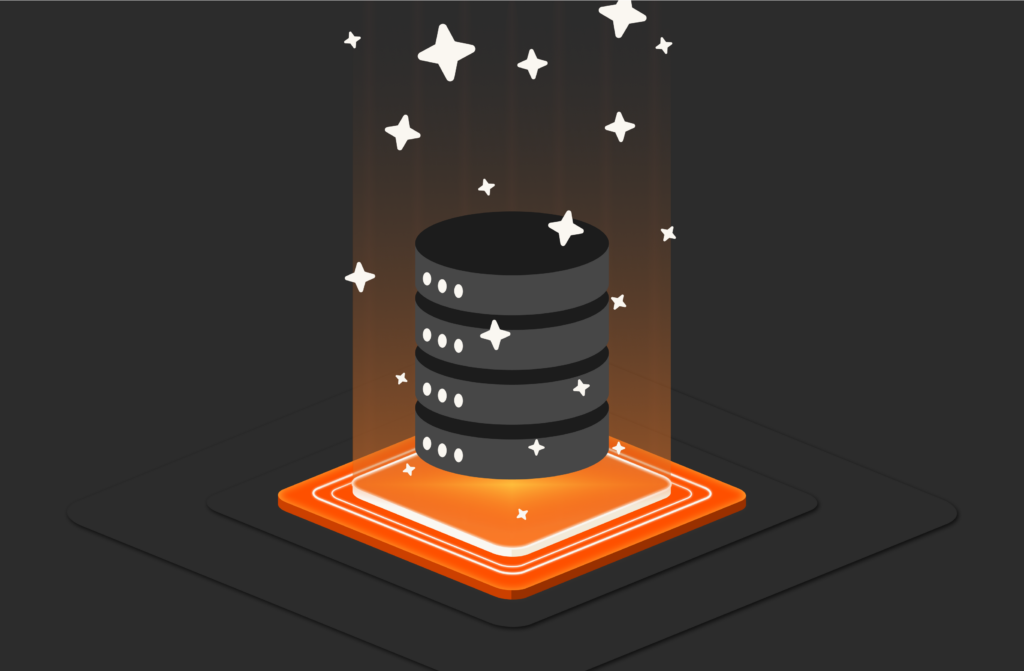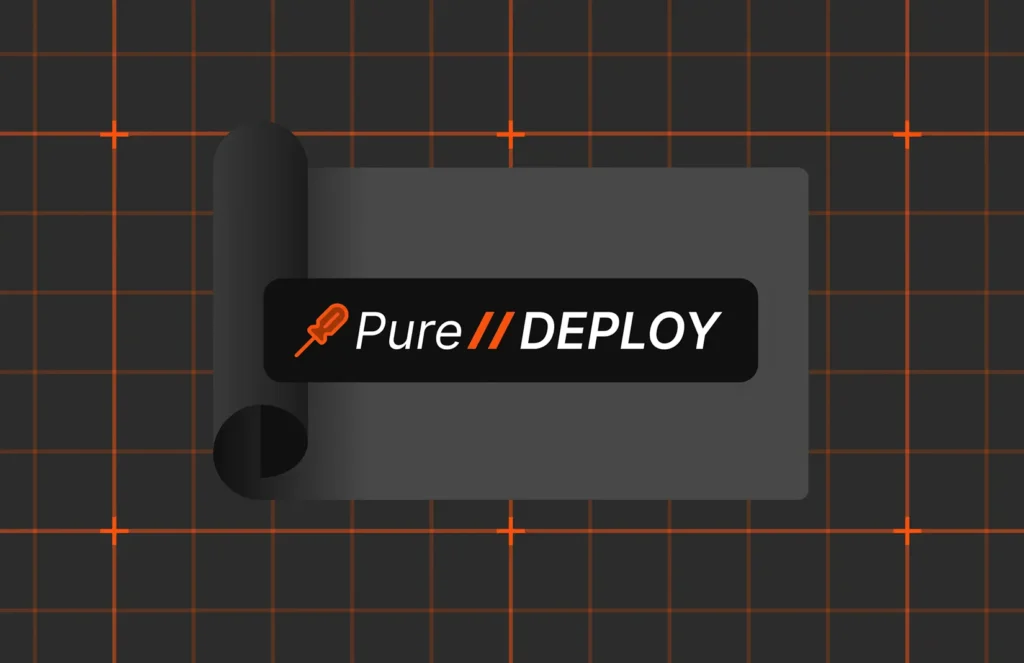Prior to joining Pure Storage®, I was a research vice president at IDC where I ran the Storage Systems practice for almost nine years. During that time, I watched Pure Storage’s rise against well-established legacy competitors like EMC (eventually Dell), NetApp, and HPE, among others.
By 2018, Pure Storage was large enough for IDC to assign an “executive analyst” to the company, and I volunteered for the role. This gave me a front-row seat to spend even more time interacting with Pure and commenting on its evolution and growth as a leader in this space.
In 2022, I felt it was time for a change. I wanted to stay with enterprise storage and was in a unique position to select the storage vendor I thought had the brightest future. With a number of changing dynamics in the IT infrastructure markets that I felt Pure Storage was very well-positioned to take advantage of, I happily became a Puritan.
Why Pure’s Future Is So Bright
Here were some of my considerations:
- The all-flash battle for primary storage is over, and HDDs have retreated with their actuators between their legs. But the all-flash battle for secondary storage is just beginning, and Pure Storage has two platforms (FlashArray//C and FlashBlade®) which offer compelling value propositions for HDD takeouts.
- The Meta (Facebook) win, based largely (although not solely) on power and cost efficiency metrics, signifies an inflection point in the industry around ESG considerations. In addition, with rising energy prices and power grid limitations the world over, infrastructure efficiency will become an increasingly important purchase criteria for customers building large storage infrastructures. Pure Storage has always had a great story there, and its early and broad utilization of QLC media continues its leadership in this area. This is differentiation that Pure’s competitors, whose systems were built for HDDs but now use commodity off-the-shelf SSDs, just can’t match.
- The perceived flexibility, ease of use, and economics of software-defined storage is leading to high revenue growth in that market, but I feel like this approach has a real Achilles’ heel around infrastructure efficiency. The need to run on “lowest common denominator” hardware is that weakness. There should be an opportunity to evolve what “software defined” means to encourage customers to look at how Pure Storage delivers on those benefits without their downsides.
- Pure has distinguished itself for not only delivering an endearing customer experience but also for making that a more important storage purchase consideration against competitive alternatives that for the most part were viewed as something to be endured as part of the storage purchase lifecycle—that’s a differentiator to be proud of!
- Pure Fusion™ V2. Pure Storage is the only vendor that actually has a platform to deliver self-managed storage at the fleet level across hybrid cloud environments. This is yet another area where Pure, which has already led the industry in all-flash, “evergreen” storage, ease of use, and customer experience, establishes a sustainable differentiator over time that customers really care about.
It’s clear that Pure Storage changed the enterprise storage industry forever (and for the better), forcing its competitors to begrudgingly attempt to improve their own acts in the areas of all-flash configuration, customer experience, AI-driven monitoring and management, and technology refresh. It’s not over yet, and that’s why I’m incredibly excited to be an integral part of Pure Storage’s next decade of continued innovation and industry change.
![]()





